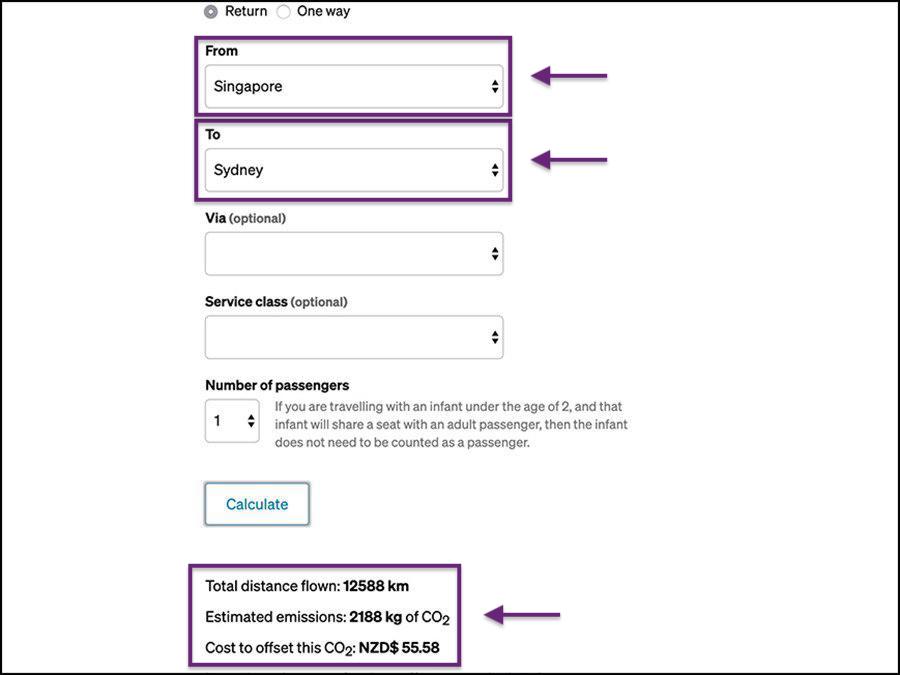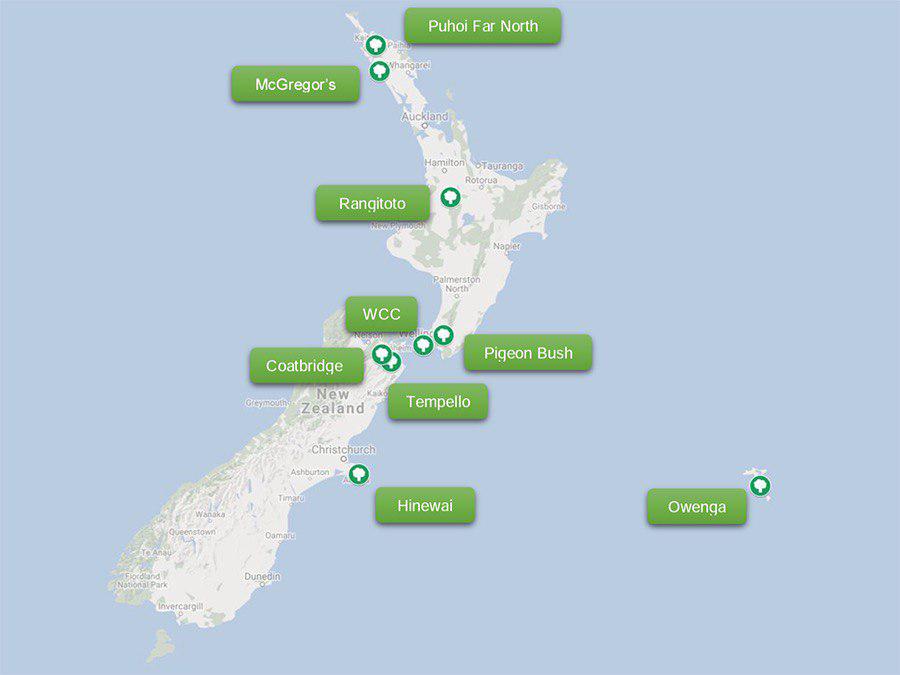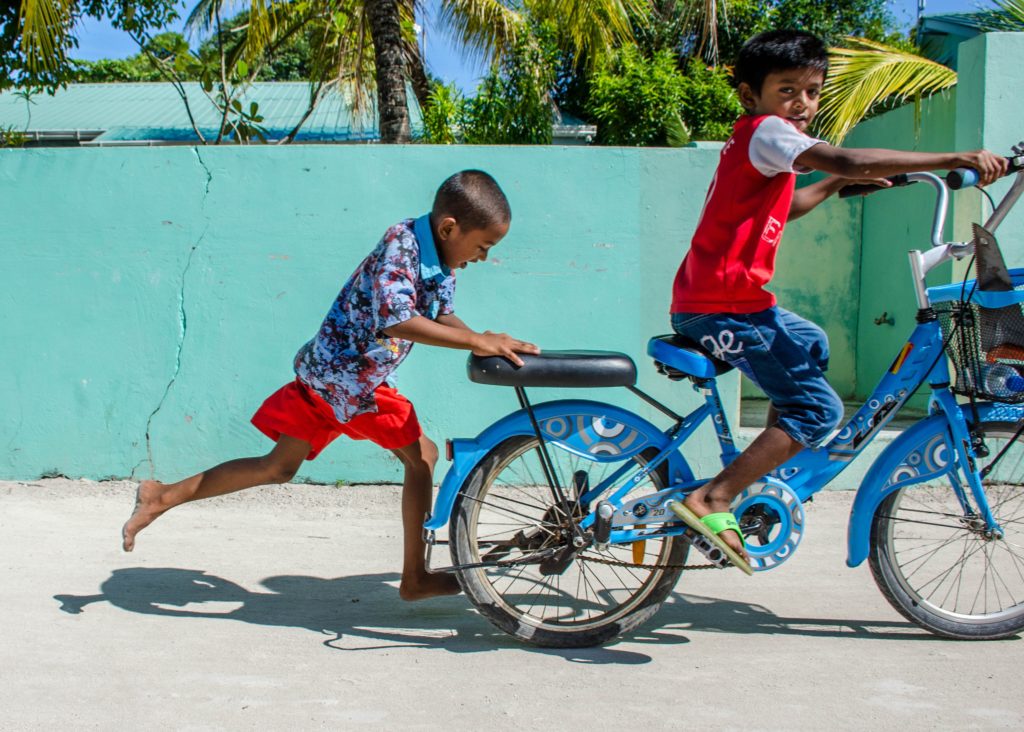Ever seen a ‘carbon offset’ option during your flight purchase? Here’s how carbon offset programmes help reduce carbon emissions and your carbon footprint!
You’re in the midst of purchasing a flight and spot an interesting ‘carbon offset’ button during payment. What does this do? Why do I have to pay extra for this option?
Travel & Carbon Emissions Series:
• What is Flight Carbon Offset & How Does it Work? 💨
• Carbon Offset Programme Types, Costs & Contributions ✈️
• Reducing Carbon Footprint: Flight, Car, Bus or Train? 🚂
Carbon offsetting is a programme for flyers to purchase carbon credits to help reduce your carbon footprints, because you know, climate change is real. This is why we’ve put together this carbon offset guide to tell you everything you need to know about carbon offsetting and what it means to you as a traveller.
How Much CO2 Do Airplanes Emit?
It’s not a surprise that airplanes burn through tonnes of fuel to get you to your destination. While the fuel burns, it produces a lot of carbon dioxide (CO2).
In 2018, The International Council On Clean Transportation (ICCT) found that CO2 emissions from all commercial totalled to 918 million metric tons. That makes up 2.4% of global CO2 emissions from fossil fuel use. What’s more alarming is that there has been a 32% increase in emissions over the last five years.
Under pressure from governments and environmentalists to reduce their emissions, The International Air Transport Association (IATA) enacted a strategy in 2009 to reduce emissions. Its most notable goal? Cap CO2 emissions by 2020 and maintain carbon-neutral growth. About 290 of the airlines that IATA represents have followed suit by introducing carbon offset schemes with their own rates.
What’s a Carbon Offset Programme?
Honestly, the best way to reduce CO2 emissions is to reduce your fossil fuel consumption through less air travel and more slow travel. However, it’s not realistic, nor efficient for ordinary travellers like us to sail across the seas like Greta Thunberg did.
Airlines have recognised this, so they’ve come up with carbon offsetting schemes to reduce the environmental impact of air travel.

Typically, airlines would give you the option to pay a little extra at the add-ons or checkout page. Some of them even have a calculator for you to see how much CO2 you’ll emit before flying, just like Air New Zealand’s FlyNeutral Programme above.
How Does Paying Extra Help Offset Carbon? Is This a Scam?
Relax! The extra money you pay goes to various projects and organisations that fight climate change. For example, if you opt for carbon setting on the Singapore to Sydney flight on Air New Zealand, the NZ$55.58 (S$49.67) actually goes to ClimateCare.

The organisation has over 150 years of experience in the global carbon market and climate change sector, and for Air New Zealand, the carbon credits fund New Zealand’s forest restoration projects.
While airlines partner with various organisations including ClimateCare and myclimate, some airlines also run their own independent initiatives like Qantas and its Qantas Future Planet programme.
Why Should I Pay Extra For Carbon Offset Programmes?
Beyond the obvious reason of climate change, you’ll also be supporting projects that benefit local communities, as well as investing in renewable energy. Much of your travels are coloured by local communities who enrich your trip by giving you a glimpse of their daily lives, and soon, it might not be a reality for them.

Maldives, a popular beach destination that’s welcomes over 1.7 million tourists annually, is famous for its idyllic beach scenery and friendly locals. However, much of that scenery lies less than one metre above mean sea levels, which means that it’s especially vulnerable to floods, tsunamis, and rising sea levels.

28% of Maldives’ GDP came from tourism in 2019, which means that locals in this industry risk having their livelihoods wiped out by natural disasters when climate change gets worse every year. You may not be able to visit certain sceneries anymore, much less even Instagram your girls’ beach day in Maldives.
Perhaps a location a little closer to home: Jakarta, Indonesia. Did you know that the Indonesian government is spending US$33 billion (S$44.56 billion) to move the capital city from Jakarta to Borneo?

The reason for the move is because Jakarta is sinking at a rate of 6.7 inches a year. It might not sound like a lot, but the reality is that those mere 6.7 inches a year have led to frequent flooding that displaces communities. Locals may seem like they’re fishing in the ocean, but they’re merely standing on a dock that has been submerged by floods.
Ok, So How Can I Help?
We just love travelling, because who doesn’t? It’s inevitable that our flights produce a substantial amount of carbon, but our next best option is to offset our carbon footprint and contribute to a greater cause.
The money we put into purchasing carbon credits will go to fighting climate change, protecting local communities, and investing in renewable energy. In turn, these initiatives create a fertile ground for sustainable travel.
It’s almost impossible to restrict ourselves from travelling and seeing the world, but we always have a choice to make our travel journeys more sustainable. So for your next holiday, consider picking that ‘carbon offset’ option when purchasing a flight and play your part as a sustainable traveller!
Read: Sustainable Travel Guide: 8 Tips to Become a Green Traveller
Read: 5 Best Ecotourism Destinations You Should Visite
Read: 7 Best Holiday Booking Hacks to Score Best Deals
Read: Budget Holiday Plans Gone Wrong
Read: 10 Best Travel Apps You Must Download (2020 Edition)
Enjoy a travel experience with no fees worldwide!





















































